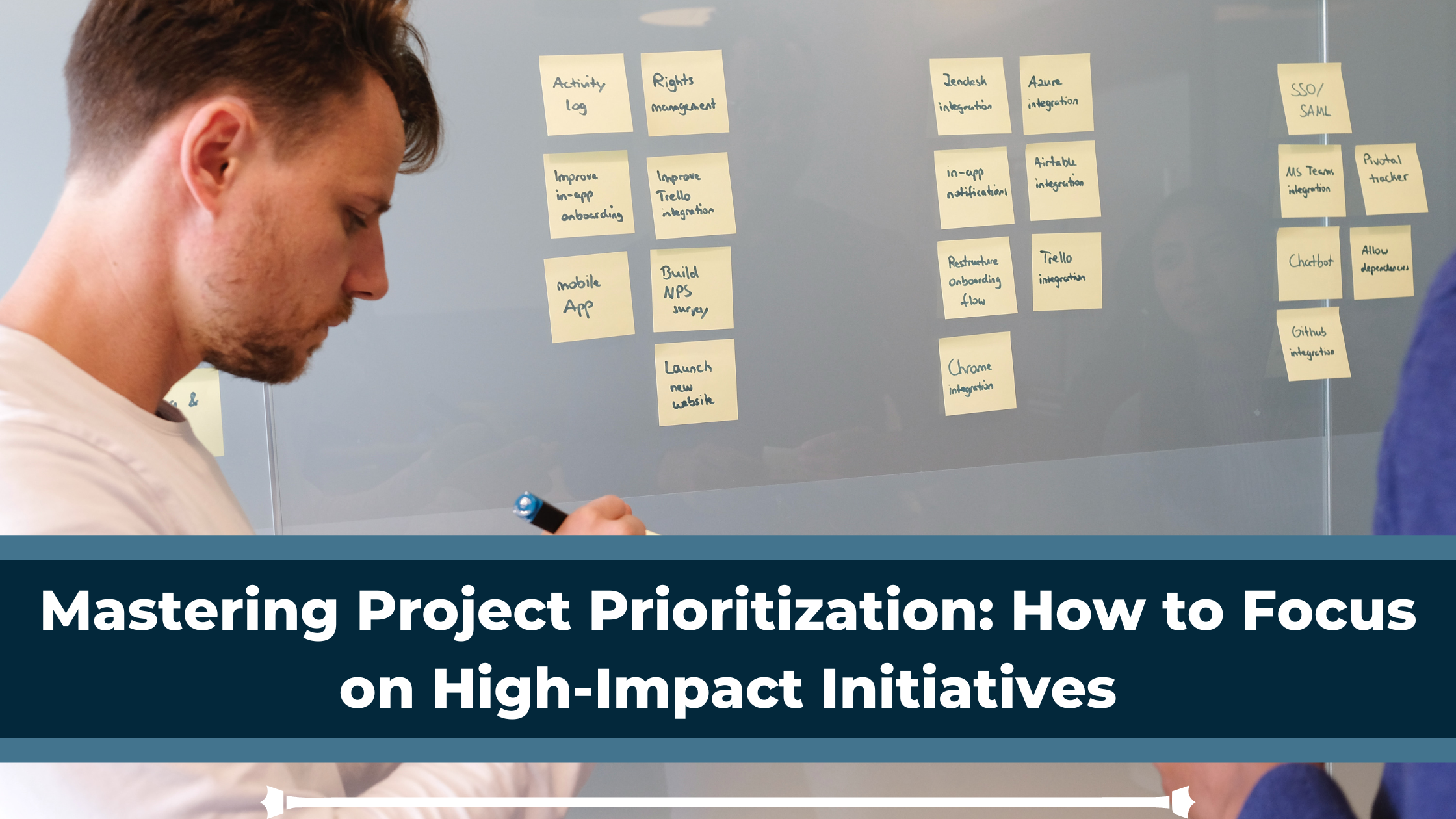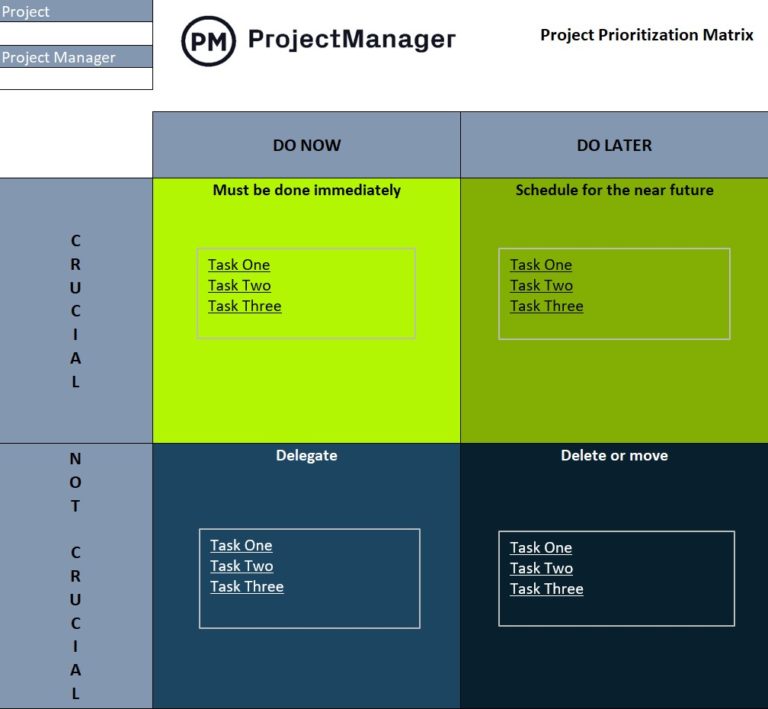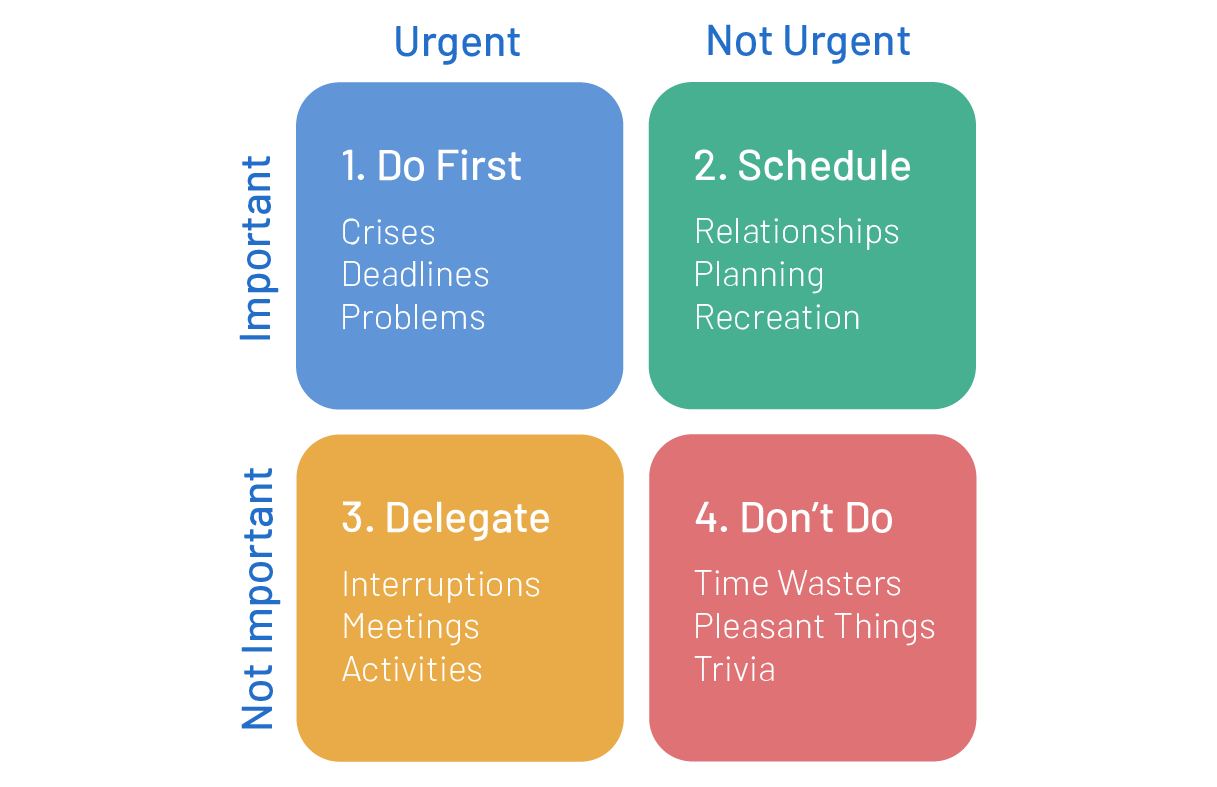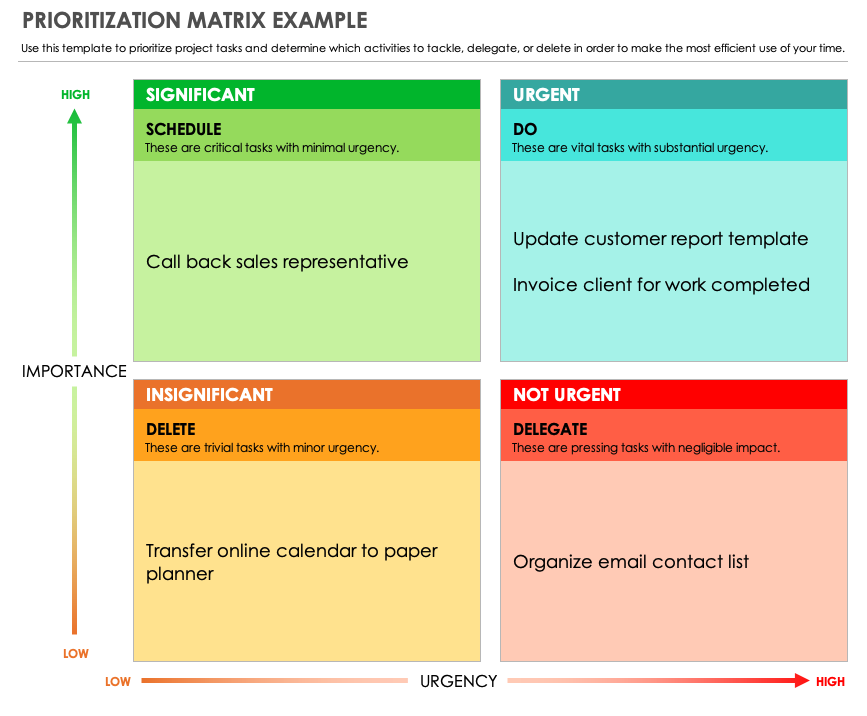How Should You Prioritize Your Projects

Deadlines loom, tasks pile up – project overload is crippling productivity nationwide. Mastering project prioritization is no longer optional; it's essential for survival.
This article delivers immediate, actionable strategies to reclaim control and focus on what truly matters, cutting through the chaos to drive real results.
Assess the Impact: Defining Value
First, identify the potential value of each project. What is the quantifiable impact on revenue, efficiency, or customer satisfaction?
Projects with the highest potential return should automatically jump to the top of the list. Consider both short-term gains and long-term strategic alignment.
The Urgency Factor: Time Sensitivity
Next, evaluate the urgency of each task. What are the deadlines, and what are the consequences of missing them?
Use a simple matrix: high urgency/high importance, high urgency/low importance, low urgency/high importance, low urgency/low importance. Address the high urgency/high importance quadrant immediately.
Resource Allocation: Matching Skills to Tasks
Assess your available resources: time, budget, and personnel. Are the right people assigned to the right projects?
Re-allocate resources to support critical initiatives, even if it means temporarily deprioritizing less impactful tasks. Don't spread your team too thin.
Prioritization Frameworks: Tools for Success
Implement a proven prioritization framework such as the Eisenhower Matrix or the MoSCoW method (Must have, Should have, Could have, Won't have). These frameworks provide structured approaches to decision-making.
The Eisenhower Matrix categorizes tasks based on urgency and importance, guiding you to focus on what matters most. The MoSCoW method is another proven method and helps stakeholders to prioritize requirements effectively.
The Pareto Principle: Focus on the 20%
Apply the Pareto Principle (the 80/20 rule). Focus on the 20% of projects that will generate 80% of the results.
Identify and eliminate low-impact activities that drain your time and energy. Cut the unimportant items.
Communication is Key: Keeping Everyone Informed
Communicate your prioritization decisions clearly to your team and stakeholders. Transparency builds trust and alignment.
Explain the rationale behind your choices and be prepared to answer questions. Address concerns proactively.
Regular Review: Adapt and Adjust
Prioritization is not a one-time event; it's an ongoing process. Regularly review your priorities and adjust as needed.
Market conditions, internal resources, and strategic goals can shift rapidly. Stay agile and adapt to change.
Leverage Technology: Prioritization Tools
Utilize project management software and prioritization tools to streamline the process. Many platforms offer features to help you rank and track tasks.
Popular options include Asana, Trello, and Monday.com. Choose a tool that fits your needs and integrates with your existing workflow.
Data-Driven Decisions: Quantify Your Choices
Base your prioritization decisions on data, not gut feeling. Track key metrics and analyze performance to inform your choices.
Use data to validate your assumptions and identify areas for improvement. This allows teams to make informed decisions, fostering a culture of continuous improvement and optimized project delivery.
Next Steps: Immediate Action Items
Immediately assess your current project load using one of the frameworks mentioned. Communicate your revised priorities to your team within 24 hours.
Schedule a follow-up review next week to assess progress and make further adjustments. Stay vigilant, stay focused, and reclaim control of your projects.


















